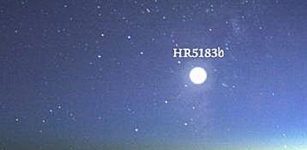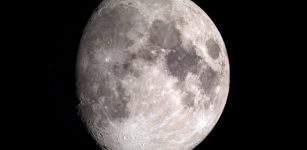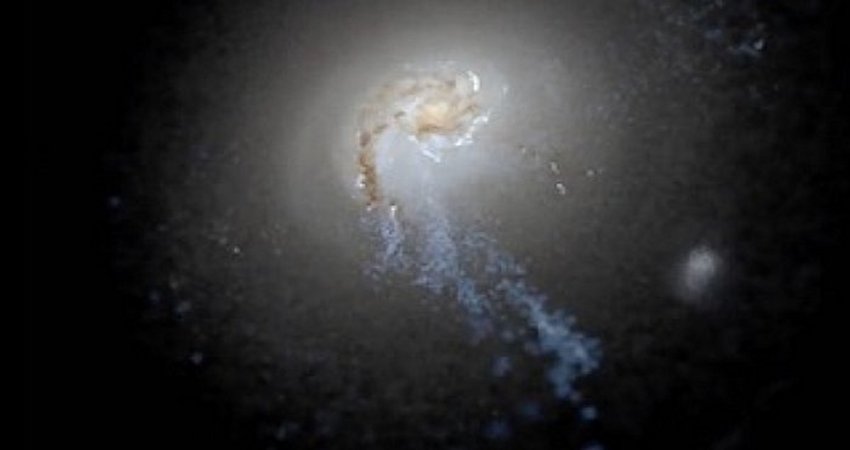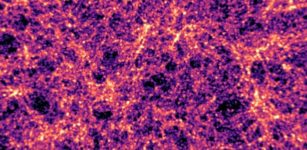Discovery Of 20 New Moons Orbiting Saturn
Eddie Gonzales Jr. – MessageToEagle.com – A team of astronomers led by Carnegie’s Scott S. Sheppard has found 20 new moons orbiting Saturn. This brings the ringed planet’s total number of moons to 82, surpassing Jupiter, which has 79.
Each of the newly discovered moons is about five kilometers, or three miles, in diameter. Seventeen of them orbit the planet backwards, or in a retrograde direction, meaning their movement is opposite of the planet’s rotation around its axis.
The other three moons orbit in the prograde—the same direction as Saturn rotates.
Two of the prograde moons are closer to the planet and take about two years to travel once around Saturn. The more-distant retrograde moons and one of the prograde moons each take more than three years to complete an orbit.
“Studying the orbits of these moons can reveal their origins, as well as information about the conditions surrounding Saturn at the time of its formation,” Carnegie’s Scott S. Sheppard explained in a press release.
The outer moons of Saturn appear to be grouped into three different clusters in terms of the inclinations of the angles at which they are orbiting around the planet. Two of the newly discovered prograde moons fit into a group of outer moons with inclinations of about 46 degrees called the Inuit group, as they are named after Inuit mythology.
These moons may have once comprised a larger moon that was broken apart in the distant past. Likewise, the newly announced retrograde moons have similar inclinations to other previously known retrograde Saturnian moons, indicating that they are also likely fragments from a once-larger parent moon that was broken apart. These retrograde moons are in the Norse group, with names coming from Norse mythology. One of the newly discovered retrograde moons is the farthest known moon around Saturn.
“This kind of grouping of outer moons is also seen around Jupiter, indicating violent collisions occurred between moons in the Saturnian system or with outside objects such as passing asteroids or comets,” explained Sheppard.
The other newly found prograde moon has an inclination near 36 degrees, which is similar to the other known grouping of inner prograde moons around Saturn called the Gallic group. But this new moon orbits much farther away from Saturn than any of the other prograde moons, indicating it might have been pulled outwards over time or might not be associated with the more inner grouping of prograde moons.
Written by Eddie Gonzales Jr. – MessageToEagle.com Staff











